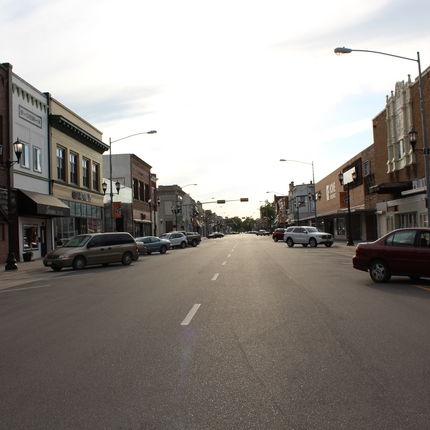The year in review countdown continues with a piece by Brian Hanson, former staff member. Since June, Brian has taken a hard look at trends in rural America. One of his first projects was taking a look at economic and population growth brought into rural counties by Latinos and immigrants, with the second portion coming in at number four.
Part 2: Immigrants and Latinos Bring Economic Growth to Rural Communities
Latinos and immigrants are not only bringing population growth to rural America, they are also bringing economic growth. (The great majority of foreign-born rural residents in the U.S. come from Latin America.) Economists have found that, nationwide, rural counties with larger proportions of Latino populations tend to be better off economically than those with smaller Latino populations.
Rural counties with higher proportions of Latinos tend to have lower unemployment rates and higher average per capita incomes. A 2013 study by economists Dennis Coates and T.H. Gindling found that the income growth that tends to accompany Latino population growth in rural counties is even greater where native-born, non-Hispanic populations have otherwise been shrinking.
Immigrants contribute significantly to the economies of the states of Iowa and Nebraska. According to research from the University of Nebraska at Omaha, immigrants benefit their communities both through their spending at local businesses, and by paying sales, income, property, and gasoline taxes.
In 2010, immigrants’ spending in Iowa contributed about $2.8 billion in total production to the state’s economy and created over 22,000 jobs. In Nebraska, immigrants’ spending generated over $2.15 billion total output and over 17,000 jobs in 2010.
The study also found that immigrants’ tax contributions to state governments were greater than what they took out in public benefits (similar to native-born residents). Furthermore, removing immigrants from Iowa and Nebraska’s labor force would come at a cost of $12 and $18.15 billion, respectively, in total production.
These losses would represent 4.2 percent of total production in Iowa and 10.7 percent in Nebraska. In terms of jobs lost, this represents losses of 47,000 and 82,000 jobs in Iowa and Nebraska, respectively.





